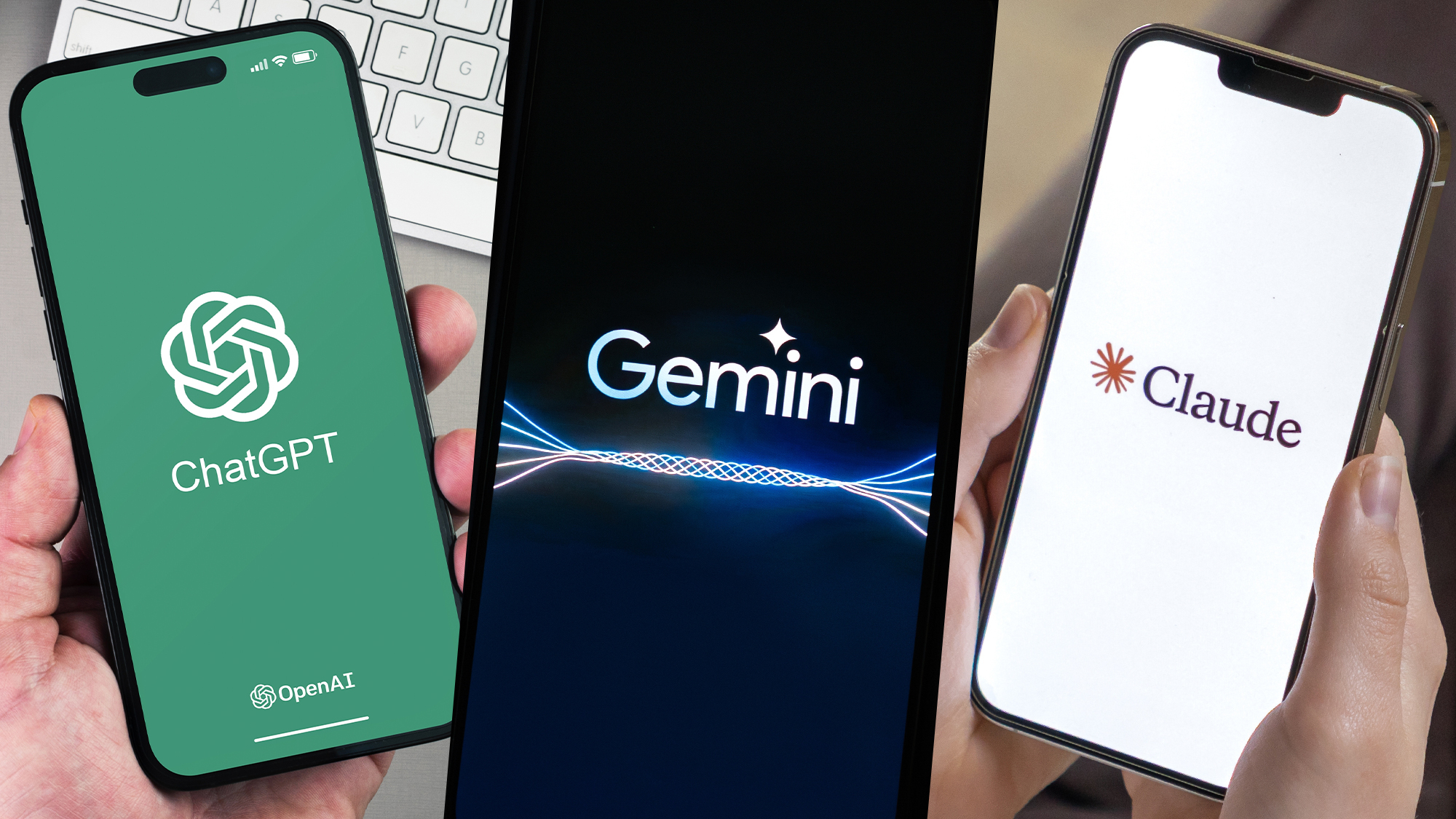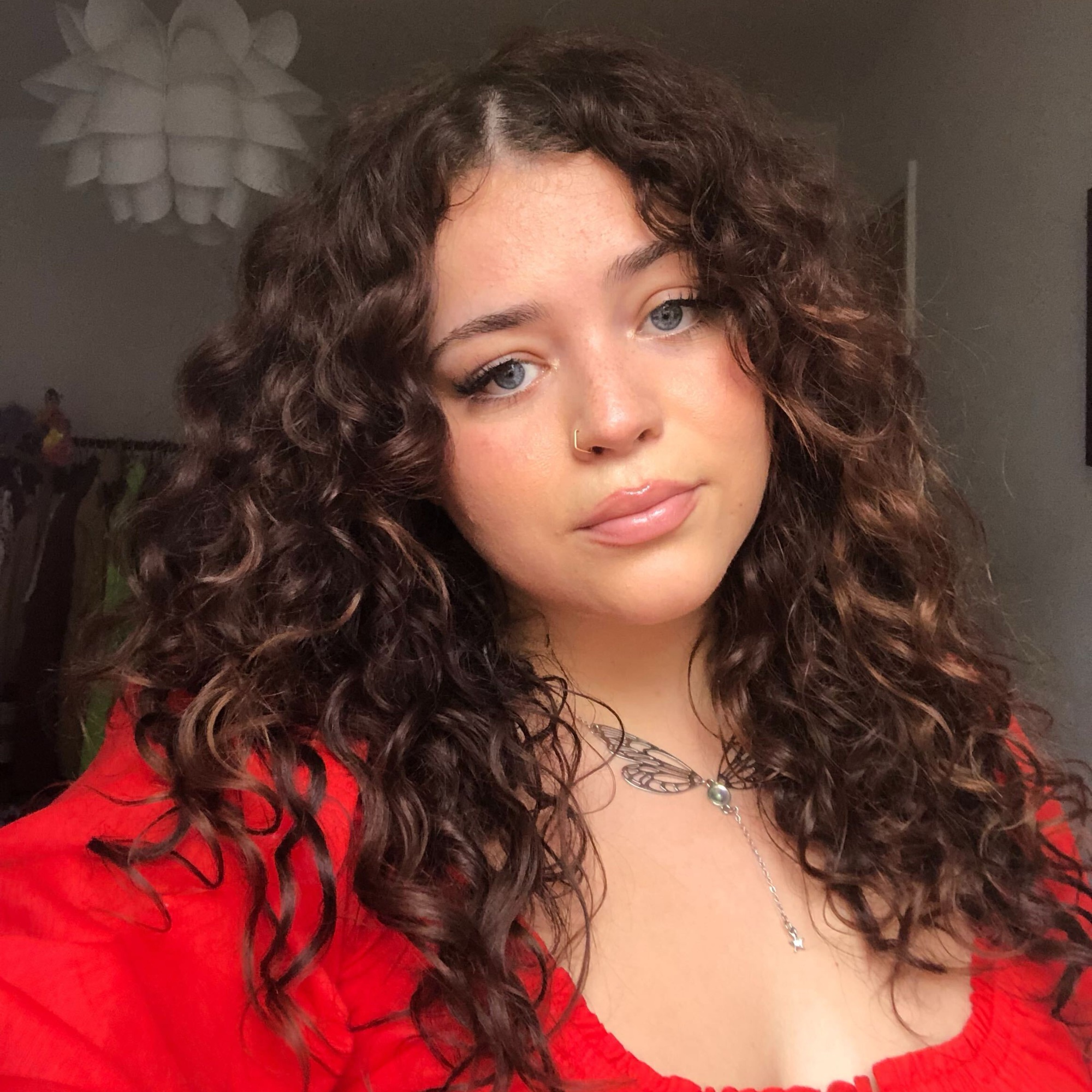I asked AI to predict 2026 — here's the boldest forecasts from ChatGPT, Gemini, and Claude

We live in an era where AI models can generate art, code software and even predict protein structures. But can they predict cultural trends?
As we hurtle toward the mid-2020s, predicting what comes next feels more challenging than ever. Technology evolves at breakneck speed; cultural shifts happen overnight on social media; and entire industries reinvent themselves annually.
So I decided to turn to the experts — or at least the artificial ones. I posed the same question to ChatGPT-4o, Gemini 2.0 and Claude 3.7 Sonnet: Predict the biggest trends we'll see in 2026 across technology, culture, fashion, and entertainment. What's going to be in, what's going out, and why?
Their responses were fascinating, surprisingly different, and revealed just how uniquely each AI approaches predictions. Here's what they told me.
1. Google Gemini

Technology was Gemini's strongest suit. It predicted that 2026 will be the year of "agentic AI" — AI systems that don't just respond to prompts but actually set goals and execute plans autonomously. Gemini also emphasized multimodal AI becoming mainstream, where your AI assistant can simultaneously analyze your screenshot, hear your voice command, and understand the context of your email.
On culture, Gemini painted a fascinating picture of contradictions. It predicted a "Dark Mode" mindset taking hold, not just in UI design but in overall aesthetics. Think moodier fashion, darker music, and social media content that pushes back against toxic positivity. Simultaneously, it forecasted a "Cosy Comeback" with people craving comfort and slow living as an antidote to hustle culture.
The AI also made a bold prediction about cultural preservation becoming trendy among young people, with brands needing to genuinely respect tradition rather than simply appropriating it for marketing.
Fashion predictions were surprisingly specific. Gemini named exact colors for Spring/Summer 2026: Transformative Teal, Electric Fuchsia, Blue Aura, Amber Haze, and Jelly Mint. It predicted that plaid would become a neutral (wear it head-to-toe, apparently) and that brown teddy coats would be everywhere.
2. ChatGPT

In technology, ChatGPT made some counterintuitive predictions. While other AIs focused on AI advancement, ChatGPT predicted that "generic chatbots" would be out by 2026. The novelty of "just talking to a chatbot" will wear off unless the experience is highly personalized. It also boldly declared that "crypto-as-a-lifestyle" is over.
It also predicted the rise of "AI-native apps", applications built entirely around AI interactions rather than having AI features bolted on. It also forecasted that local AI models would boom as people grow wary of cloud data collection.
ChatGPT's cultural predictions felt the most human. It identified "digital decluttering" and "analog luxe" as major trends, predicting people will increasingly crave low-tech moments and artisanal experiences. This aligns with the growing backlash against screen time and digital overwhelm. It also predicted "AI-ethics as status" — where knowing how your AI works becomes the new social flex.
Fashion-wise, ChatGPT predicted a "color comeback" after years of washed-out minimalism, calling it "dopamine dressing 2.0." It also forecasted the rise of "post-normcore utilitywear". Perhaps fittingly, ChatGPT was the only AI to coin terms that sounded like they'd already gone viral on TikTok.
And its entertainment predictions were bold: it declared that "endless franchise reboots" would be out. Given superhero fatigue and the mixed reception of long-running franchises, this feels prescient.
3. Claude

Claude took the most integrated approach, emphasizing "seamless integration" over isolated trends. It predicted AI-powered AR/VR experiences that adapt to individual users, emphasizing that by 2026, these technologies would feel natural rather than a novelty. Claude came with receipts: $200.87 billion AR/VR market by 2030, adding analytical heft to its predictions.
In culture, Claude introduced the concept of "The Great Redirection", driven by elections in 64 countries with half the world's population voting in 2024-2025. This political angle was unique among the three AIs. Claude argued that all this voting would make people crave genuine, community-driven experiences over manufactured cultural trends.
Claude also forecast "The Great Unretirement" with seniors returning to work, a trend that's already emerging but could accelerate by 2026.
Fashion predictions centered on "Bio-Harmony". Claude went beyond typical trend forecasting to predict bio-engineered materials inspired by ecosystems, with garments designed as "second skins" that grow, evolve and biodegrade. By far, this was by far the most futuristic prediction across all three AIs.
It's entertainment analysis was market-focused, predicting gaming would surpass $300 billion by 2028 and that advertising-supported streaming would become the primary growth model. It provided specific revenue projections, noting ad revenue would hit $1 trillion in 2026.
What this reveals about AI prediction

This exercise revealed something fascinating about how different AI models approach uncertainty. Each seemed to default to its training strengths: Gemini acted like a data analyst, ChatGPT like a cultural critic, and Claude like a researcher trying to connect the dots
None of the AIs claimed certainty — they all acknowledged that prediction is inherently speculative. But their different approaches suggests AI prediction works best as a group project, with each model bringing its own analytical superpowers to the table.
As we head toward 2026, the truth will likely incorporate elements from all three perspectives. I thought it was really interesting that each AI’s predictions revealed as much about its own "personality" as about the future itself.
More from Tom's Guide
- I used AI to make my own Wordle-style games — here's how you can too
- I tested ChatGPT-4o vs Gemini Advanced with 5 AI image prompts
- 5 mind-blowing ChatGPT image prompts you’ll wish you knew sooner
Get instant access to breaking news, the hottest reviews, great deals and helpful tips.

Kaycee is Tom's Guide's How-To Editor, known for tutorials that skip the fluff and get straight to what works. She writes across AI, homes, phones, and everything in between — because life doesn't stick to categories and neither should good advice. With years of experience in tech and content creation, she's built her reputation on turning complicated subjects into straightforward solutions. Kaycee is also an award-winning poet and co-editor at Fox and Star Books. Her debut collection is published by Bloodaxe, with a second book in the works.
You must confirm your public display name before commenting
Please logout and then login again, you will then be prompted to enter your display name.








